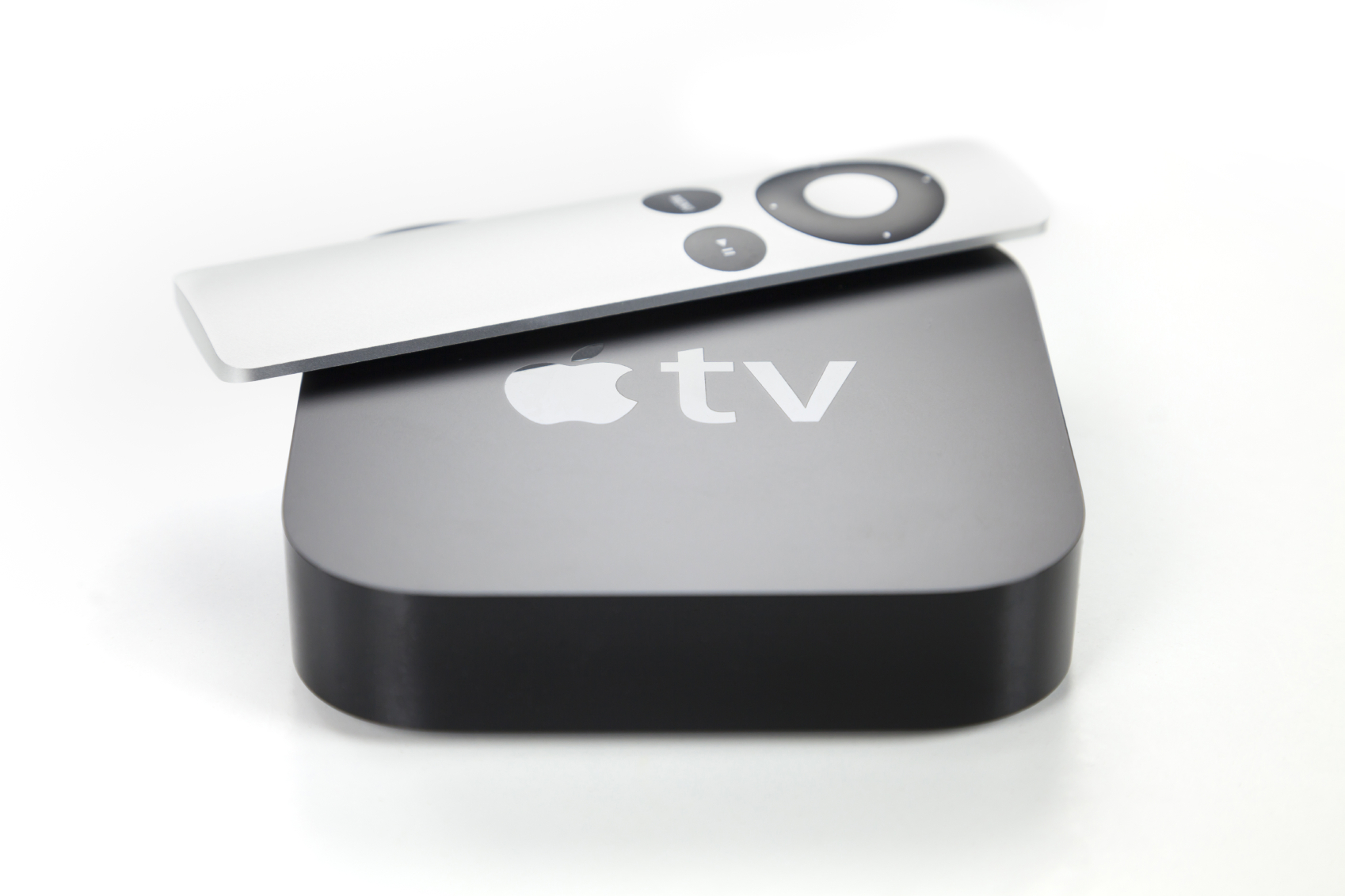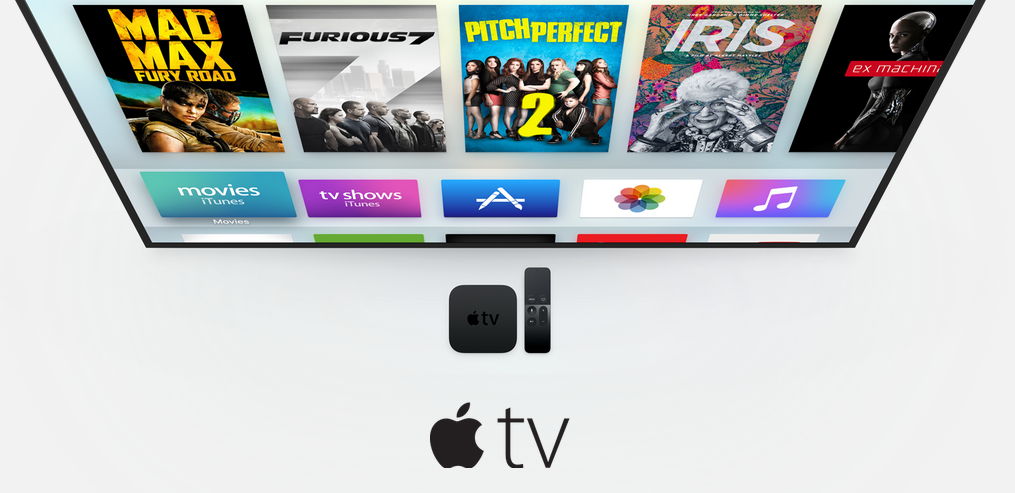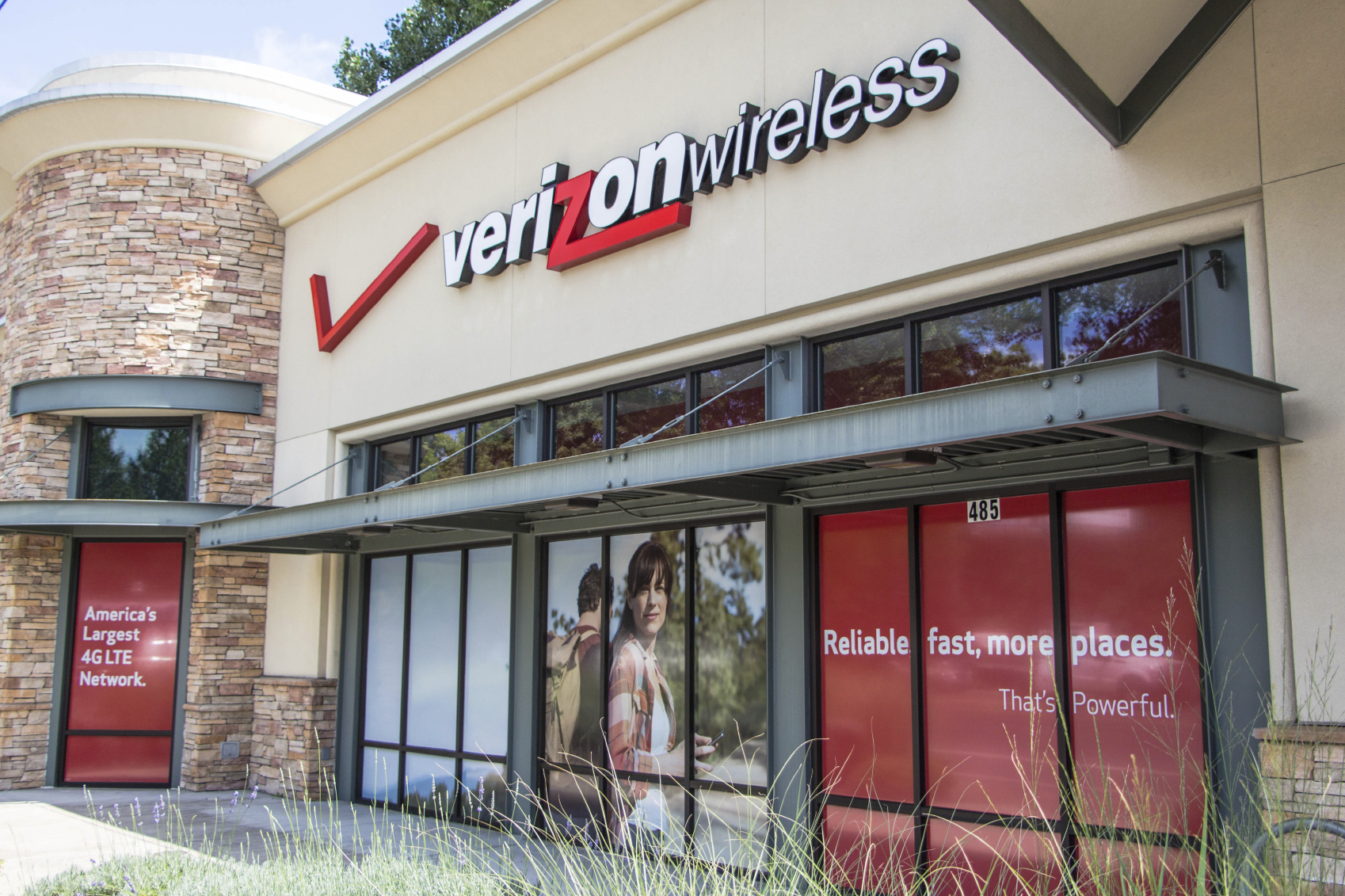Your guide to tech-driven changes in the media landscape by IPG Media Lab. A fast read for you and a forward for your clients and team.
• Apple unveils new Apple TV, complete with a new tvOS platform and App Store
• Brands can now develop TV apps to connect with consumers in their living rooms
• A new path to native sponsorship and call-to-action opportunities
What Apple Announced
During Wednesday’s press event, Apple finally debuted the long-anticipated update to the Apple TV that aims to revolutionize the way people interact with their TVs. Equipped with a brand-new iOS 9-based operating system called “tvOS,” the new Apple TV comes with an App Store, Siri-enabled universal search across content platforms, and a touchpad remote that doubles as a game controller. The new Apple TV will ship in late October, and the tvOS developer beta is available now.
What Brands Need to Do
While we’re likely to see an explosion of new modes of interaction as developers explore the platform, we already know that good content works well in the living room. For brands who have existing content plays, such as Red Bull’s video and event content, it’s time to secure the OTT streaming rights. If your brand doesn’t currently produce content, an event sponsorship is a great way to get started. In an on-demand, App Store world, you don’t need to worry about producing a full slate of content to justify an app install — Apple themselves have an Apple TV app dedicated to the iTunes Music Festival, which this year will only feature a week’s worth of content. Focus on quality over quantity.
A couple of features which weren’t discussed on stage could provide interesting go-to-market strategy for brands: support for interactive video, and deep-linking between Apple TV apps. We expect these will be combined to form a paid app install ecosystem much like we have on mobile, with early leaders likely to be ad-supported platforms with premium content, such as Hulu and YouTube. Ahead of any such announcements, however, there are still opportunities for brands to partner with existing content creators and game developers to drive app installs or to push value offers and reminders from the TV to a phone with a single click.
What Retail & Ecommerce Brands Need to Do
• Apple TV brings ecommerce into the living room and creates a shared online shopping experience
• Experiment with shoppable videos built upon Apple TV’s support for interactive videos with links to additional info
During Wednesday’s press event, Apple invited online clothing retail platform Gilt on stage showed off their new app designed specifically for Apple TV. Users can use the new touchpad remote to scroll and swipe through the categories of clothing, view product details, and even purchase items direct from their couch. Support for ecommerce apps brings online shopping into the living room and make it a social affair to be shared with family and friends. Apple’s tight integration between TV and mobile will also allow activities to be handed off to a user’s phone, allowing a brand to activate mobile coupons which could easily be triggered automatically when the customer enters a retail location.
Moreover, brands should take advantage of Apple TV’s support for interactive videos and start experimenting with shoppable videos, which embed clickable info providing viewers with product information and an easy way to purchase, turning video content into direct sales channels. Brands such as Sears, Kohl’s, and Gap have been experimenting with shoppable videos with some early successes, and with Apple TV, shoppable videos seem to be on the cusp of mainstream adoption, demanding attention from retail brands.
What Entertainment Brands and Content Owners Need to Do
• Apple TV can deliver a rich media experience
• Index your content to make sure it is discoverable via universal search
• Explore the interactive storytelling opportunities and new types of engagement
As MLB demonstrated during the event, apps provide a great way for content owners to deliver a rich media experience with additional information and interactivity. Apple TV supports universal search across integrated apps, providing an unprecedented opportunity for new content discovery, especially those on lesser-known services. Although only available for select partners at this time, it seems reasonable to presume Apple to open this feature up to all eligible platforms down the road, similar to the universal search in iOS 9. Brands need to index their content for it to appear in favorable spots when users search for certain keywords. The added interactivity also brings new storytelling opportunities for content and ad creators to explore and connect with viewers.
Market Impact
As expected, the new Apple TV introduces a new app platform, while not (yet) providing a truly new way for consumers to subscribe to television content. Apple SVP of Internet Software and Services Eddy Cue called it the “foundation for the future of television,” which it may yet be, timed to take advantage of a holiday season which is primed for cord-cutters. It notably provides a way for Apple to extend their entire ecosystem – which may one day include platforms like iAd and Apple Pay – into the living room, along with their massive iOS install base and developer network, something that competitors such as Roku and Amazon cannot offer.
While it remains to be seen exactly how wide adoption of the new Apple TV will be, Apple’s new products quickly reach tens of millions of units sold and they are putting significant effort behind this one. Since a large share of marketing budgets are focused on the living room, a significant change in the way content is consumed there, away from linear and even streaming and towards the interactivity of apps, is worth adapting to. For both content creators and advertisers who support them, the new Apple TV offers expanded ways to reach users who earn more and spend more, whether that’s with traditional video content, expansions of existing iOS apps, or hybrids which blend video with interactive content of different types.
Apple’s entry into the living room gaming market is a bit more of a wildcard. While it opens up an obvious new market for existing iOS games, and we’ve seen some initial support of the device from big cross-platform games like Skylander and Guitar Hero, without a first-party game controller it remains to be seen whether the platform will be used for gaming or what price points it will support. Most at risk will be Nintendo, whose Wii U hardware and mainstream audience overlap with the new Apple TV’s capabilities and appeal. But if Apple follows its usual path of year-over-year hardware upgrades, Sony and Microsoft’s consoles may also be at risk, especially if Apple can woo top-tier game developers. As far fetched as it may seem, Apple was already EA’s biggest revenue generator all the way back in 2013. For the time being, our standard recommendations for brand integrations with gaming hold true for the Apple TV as well: integrate as natively as possible with branded content, sponsorship of in-app purchases, or participating in the wider gaming community.
For More Information
Please contact Engagement Director Samantha Holland ([email protected]) at the IPG Media Lab if you would like more detail or to schedule a visit to the Lab to discuss strategies and tactics around tapping into the marketing potential of the new Apple TV.
For previous editions of Fast Forward, please visit ipglab.com. Please reply with any constructive criticism or feedback. We want these to be as useful as possible for you and your clients, and your feedback will help us immensely.
Header image courtesy of www.apple.com/tv/









